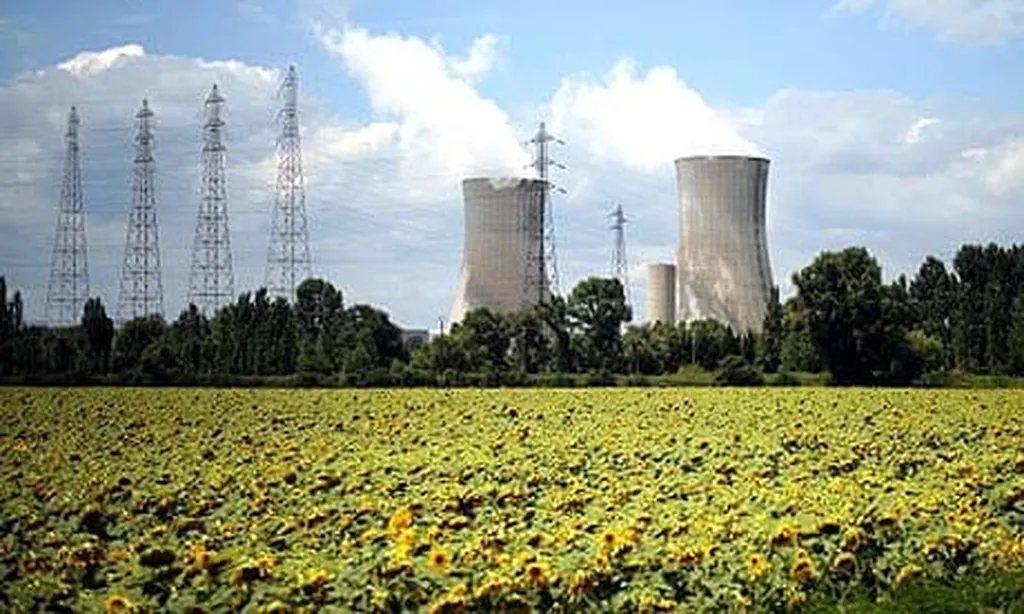The Nuclear Decommissioning Authority (NDA) has launched a consultation on its updated strategy, outlining a roadmap for the safe, secure, and sustainable decommissioning of the UK’s legacy nuclear sites. This strategy, a revision of the 2021 version, reflects significant progress made in the interim, including the cessation of reprocessing operations at Sellafield, the development of a new national radioactive waste policy, and the establishment of the NDA group model.
The draft strategy reaffirms the NDA’s highest priority: hazard reduction at Sellafield. This involves the safe retrieval of waste from the site’s legacy ponds and silos, which present the most complex challenges in the UK’s nuclear clean-up mission. By 2050, the NDA group aims to have made substantial progress in several areas, including delicensing most of the former Magnox reactor sites, repackaging a proportion of the UK’s plutonium stockpile, establishing new waste storage centres, and identifying a suitable site for a Geological Disposal Facility (GDF). The strategy also emphasizes enabling land reuse for future development opportunities.
NDA Group CEO David Peattie expressed confidence in the strategy, stating, “This refreshed strategy sets a clear, ambitious, and credible path for the next phase of our important national mission. Our strategic principles remain firm, we’ll always put the mission first, make decisions based on the best available waste treatment and disposal options, act proportionately and will make best use of our people and capabilities to maximise delivery.”
The strategy evolves from the 2021 version, maintaining focus on four strategic themes: hazard reduction, waste management, decommissioning, and site closure. Critical enablers, such as research, development, innovation, people, transport, and cybersecurity, have been refined to better reflect the requirements for mission delivery. Notably, sustainability is now embedded as a core principle throughout the strategy, underscoring its growing importance.
The draft strategy also marks a shift towards greater integration and collaboration across the NDA group, strengthening efforts to address the UK’s nuclear legacy. The new model aims to enhance strategic alignment, knowledge sharing, and resource utilization, delivering improved performance and increased value for money.
Beyond decommissioning, the strategy highlights the broader role of the NDA group in the UK’s nuclear future. As the sector’s enduring foundational organization, the NDA will share expertise, develop skills, shape policy, and support clean energy and defence ambitions across government and industry.
The public consultation on the draft strategy is open for 12 weeks until 29 September 2025. Responses will be carefully considered in developing the final strategy, which will be submitted for approval to the UK and Scottish Governments ahead of its final publication in March 2026.
This strategy could shape the trajectory of the UK’s nuclear sector, influencing not only decommissioning efforts but also the broader energy landscape. By prioritizing sustainability and collaboration, the NDA aims to set a precedent for how legacy nuclear sites are managed, potentially impacting global nuclear decommissioning practices. The integration of sustainability as a core principle reflects a growing recognition of the need for environmentally responsible approaches in nuclear clean-up, which could spur innovation and investment in green technologies. Additionally, the emphasis on land reuse and future development opportunities suggests a forward-thinking approach that could drive economic growth and community revitalization in areas affected by nuclear legacy sites.

